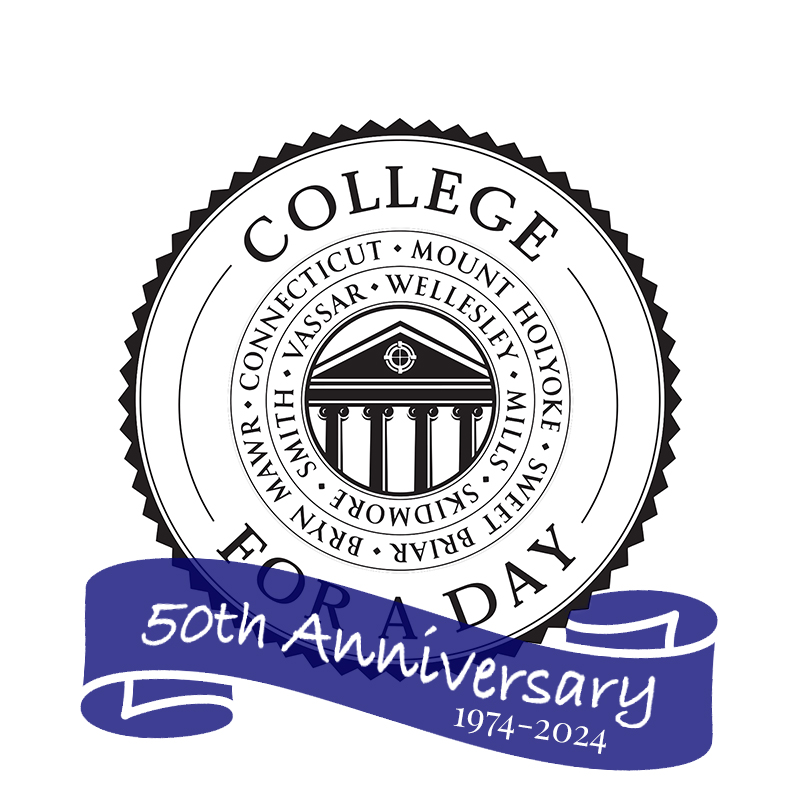2019 Schedule
Monday, January 14, 2019Temple Emanuel
51 Grape Street, Denver, CO 80220
Schedule of Events
9:25 am
Welcome
9:30-10:30 am
Hollywood and the Burden of American Historical Memory: Pursuing the Past on Screen
Sharon Ullman
History Professor, Bryn Mawr College
The stories we tell ourselves about who we have been in the past have enormous impact on how we act in the present. Using key Hollywood movies that focus on specific moments in American history, this lecture looks at the power of film in the construction of American historical memory. The lecture will not focus on identifying the truth or fiction content of history films (they are all fiction, in one way or another), but instead will look at the impacts and implications of the narratives about American identity that the films present and which audiences have consumed eagerly for generations. The discussion will explore the significance of this constructed collective memory in modern political debates and in Americans’ understanding of themselves as a people and as a nation.
Dr. Ullman received her PhD from the Department of History at the University of California at Berkeley. She subsequently joined the faculty of Bryn Mawr College in 1992 where the focus of her research became 20th-century America with an emphasis on popular culture and gender. She has published two books: Sex Seen: The Emergence of Modern Sexuality in America and Sexual Borderlands: Constructing an American Sexual Past. Her courses focus on topics such as the culture of the cold war, the history of sexuality, and the nature of film and national identity. Her more recent research project is entitled Brainwashing: The Anxious Mind of Cold War America.
10:45 – 11:45 AM
The Circle and the Square: The Significance of Geometry and Goemancy in the Buddhist and Hindu Architecture of India
Mary-Ann Milford-Lutzker
Professor Emerita, Carver Professor of East Asian Studies, Mills College
Understanding monuments is important for cultures throughout the world. What do they represent? For whom were they made? Why were they situated in specific areas? How were they used? The earliest remaining architeccural monuments in India were built by followers of the Buddha. Hindu temples were constructed several hundred years later. To bring an understanding of how civilizations develop, we will examine the early Buddhist stupas at Sanchi and Bodh Gaya, as well as the cave examples at Ajanra. From these early monuments, we will trace the development of the magnificent mediaeval Hindu temples at Khajuraho and Bhubanesvara in Orissa, East India. Underpinning the carving and construction of these sacred monuments lies a deep belief in the powers of geomancy and, simultaneously, the role of geometry.
Dr. Milford-Lutzker is the Professor Emerita of Asian Art History, the Carver Chair in East Asian Studies, and the former Chair of the Department of Art and Art History at Mills College. She received her PhD from the University of California, Berkeley, focusing her research on the texts and sculptural reliefs in South and Southeast Asian art and architecture. She received senior fellowships from the American Institute for Indian Studies (AllS) and the National Endowment for the Humanities (NEH) to study contemporary South Asian art focusing on the work of women artists in India. She currently oversees the lecture series and docent training program at the Asian Art Museum in San Francisco.
11:45 am-12:30 pm
Box Luncheon Served
12:30 – 1:30 PM
The Cassini Mission to Saturn: An Insider’s View of an International Journey of Discovery
Richard French
The Louise Sherwood McDowell and Sarah Frances Whiting Professor of Astrophysics and Professor of Astronomy, Wellesley College
The Cassini mission to Saturn transformed our understanding of this beautiful planet, its spectacular rings, and its host of moons. As leader of Cassini’s Radio Science Team, Dr. French will share an insider’s view of this epoch space journey, describing the start of the mission in 1989 and its long journey to Saturn, followed by 13 years of exploration in orbit around the planet, up to the dramatic grand finale that culminated in sending the spacecraft plunging into Saturn itself just over a year ago. From planet-encircling storms, delicately etched rings, and underground oceans within icy satellites, to astonishing liquid seas of methane on Saturn’s largest moon, Titan, Cassini observations continually surprised scientists with the richness of this celestial world. At a time when international cooperation on grand scientific challenges is more important than ever, the success of the Cassini mission offers lessons for effective partnership.
Dr. French is the Louise Sherwood McDowell and Sarah Frances Whiting Professor of Astrophysics and Professor of Astronomy at Wellesley College. He received a BA in Physics and a PhD in Astronomy from Cornell University. As a planetary astronomer, he has been fascinated by atmospheres and planetary rings of both Saturn and Uranus. He and his students examine the chaotic orbits of these planets’ small satellites and the atmospheres of all of the giant planets. Recognizing the importance of scientific history, he encourages his students to examine a 442-year-old volume of Nicolaus Copernicus’ scientific masterpiece on the heavens in order to “be in the presence of transformative works like this.”
For over forty years, College for a Day has brought professors from top liberal arts colleges to the greater Denver Community for stimulating lectures, each followed by an informative, question and answer discussion. Profits help support the participating schools.
Special thanks to:
TEMPLE EMANUEL – VENUE
51 Grape Street • Denver, Colorado 80220
HOLIDAY INN – CHERRY CREEK
455 South Colorado Boulevard • Denver, Colorado 80246
Speaker Accommodations
WEBSITE DESIGN
Sherri Kiarsis, Sublime Creations
SUNDAY DINNER HOSTING
Mary McBride and Jerry Kashinski
SUNDAY DINNER CATERING
Adde’s Kitchen Catering
